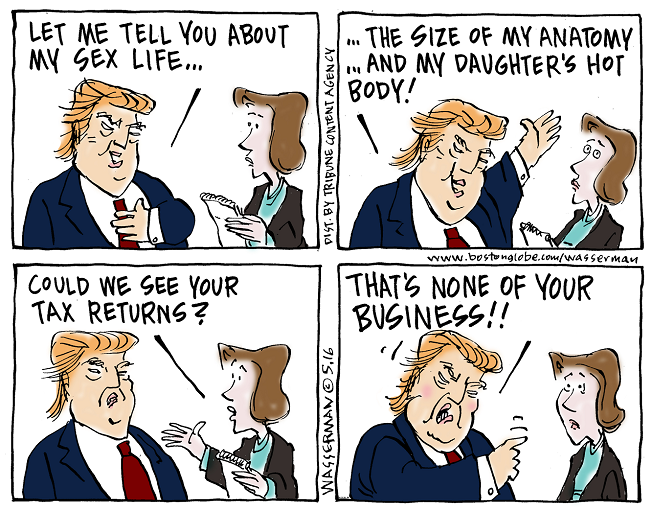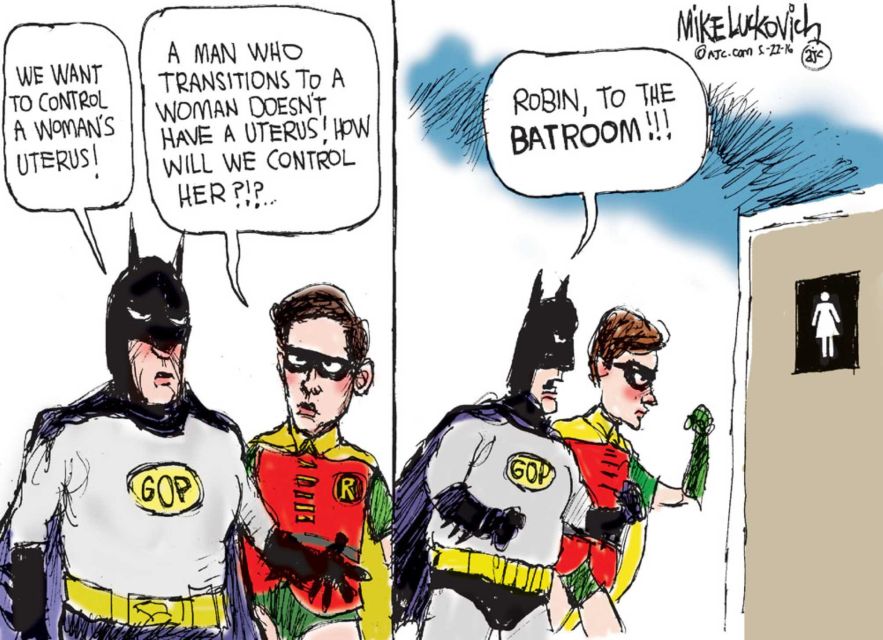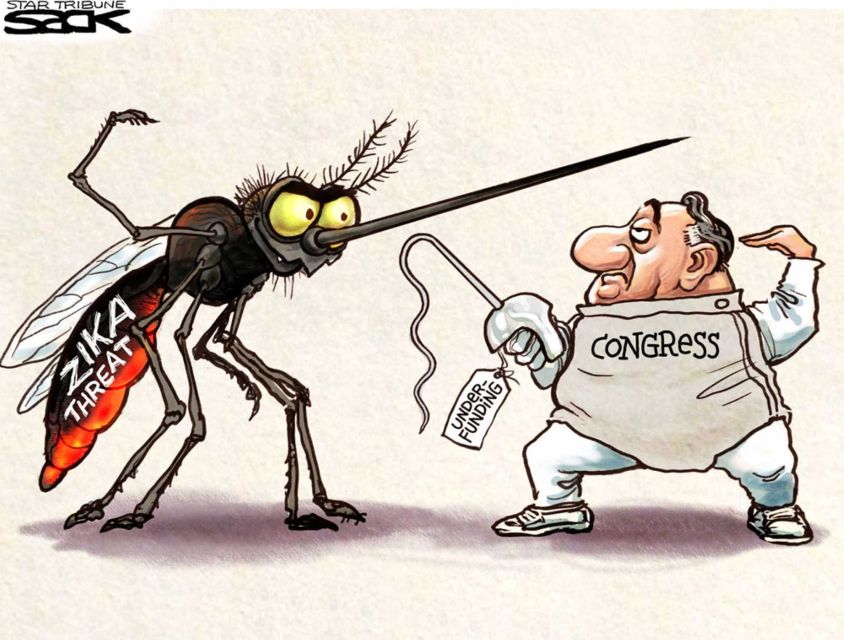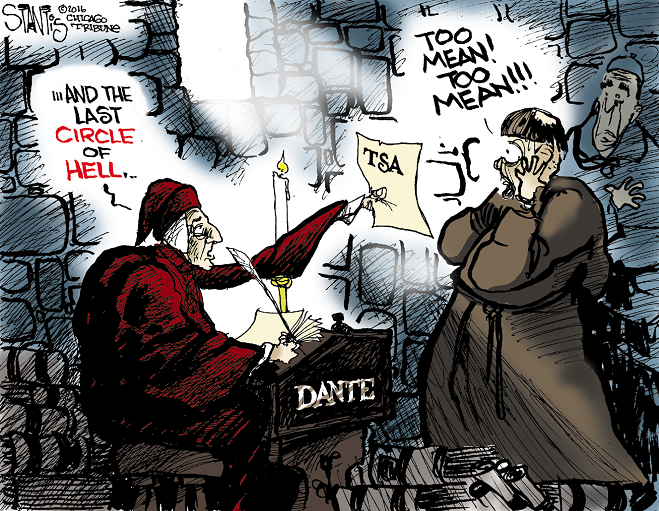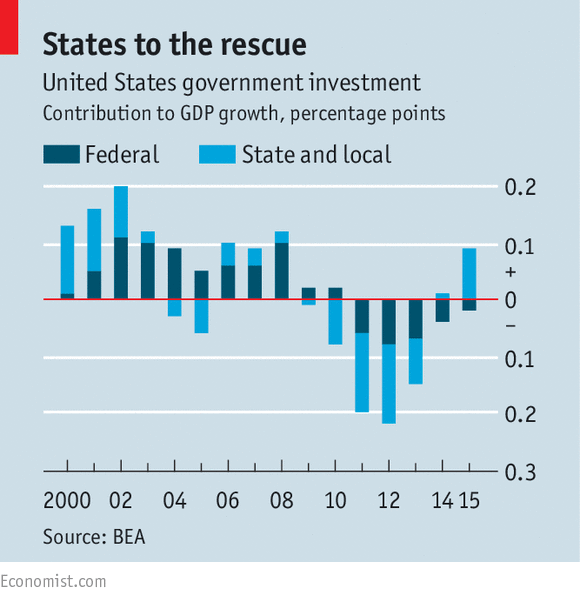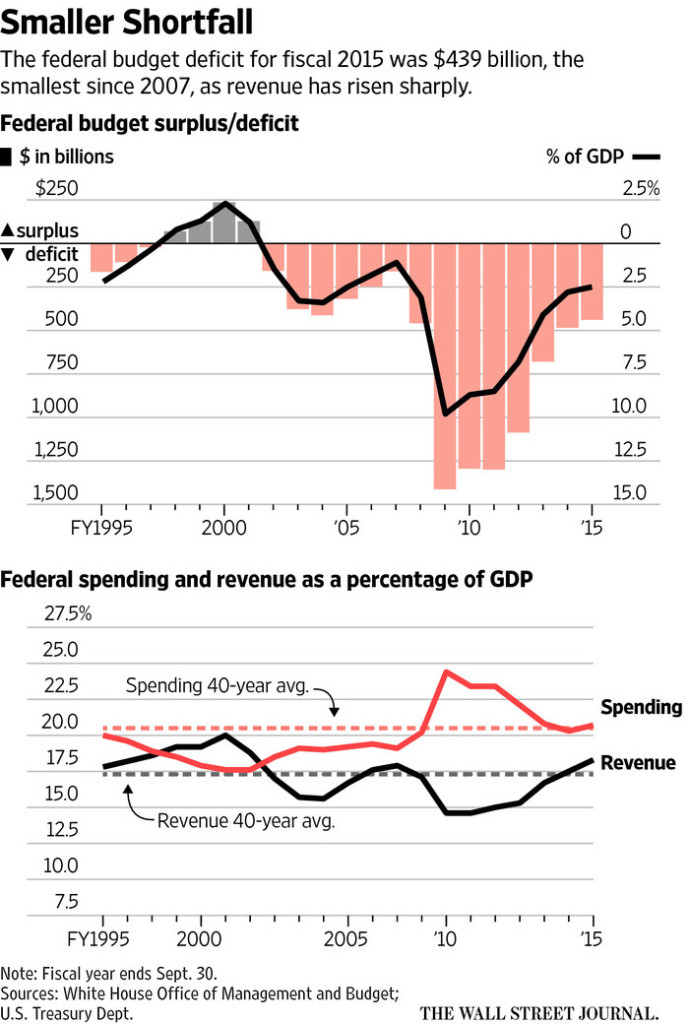The Daily Escape:

Winter at Bryce Canyon NP, UT – January 2023 photo by Michael Andrew Just
The Supreme Court (SCOTUS) has a legitimacy crisis. Put simply, many people no longer think the Supreme Court can be trusted to uphold Constitutional rights or follow judicial norms. This is the result of the Conservative supermajority, driven by its partisan agenda that is increasingly hostile to precedent and separation of powers.
The Conservative supermajority threatens that it will not observe Constitutional guardrails. As an example, our democracy depends on citizens having a meaningful right to vote. Right now, that’s in jeopardy because the Court has upheld voter suppression laws and has provided for partisan gerrymandering to continue.
Also, the Conservative supermajority has taken away a woman’s control over her body. It has also taken direct aim at the tradition of separation of church and state.
SCOTUS ignores its own internal check of stare decisis by writing sweeping decisions seemingly intended to foreshadow future decisions that could further endanger American liberty as we know it.
So, it’s time to reform the Court by building better checks and balances. The power to make these changes sits primarily with Congress. So if reform is to happen, reformers are going to have to control both Houses of Congress.
Let’s talk about some of the options for reform.
I. Expanding the Court
This means increasing the number of justices. The number of justices isn’t set by the Constitution, so Congress can change it at any time, and has done so seven times. The first Supreme Court had only six justices.
Given that Congress can and has altered the size of the Court, it could do that again. One idea is to add two justices in every presidential term. Alicia Bannon of the Brennan Center for Justice wrote an analysis looking at this idea. Basically, it would mean every president gets to appoint two justices, regardless of how many justices wind up serving on the court.
One potential issue is that SCOTUS could regularly have an even number of justices, which isn’t unprecedented, but it makes the possibility of split decisions more likely. There’s also the possibility that it could make presidential elections even more of a proxy vote for Supreme Court justices.
The challenges are that this change would require 60 votes in the Senate to overcome a filibuster. And since Republicans control the House, it’s unlikely to happen soon.
II. Ending life tenure
The big upside to this proposal is that it is much less dependent on justices either retiring or dying. It could also help slow the increasing push to nominate younger justices who could serve on the court for longer.
Prior to 1970, Supreme Court Justices served an average term of 14.9 years. Post 1970, they’ve served an average term of 26.1 years. But the five most recently appointed Supreme Court Justices to leave the court served an average of 27.5 years.
Today, most countries in the world have limited judicial tenure, either through mandatory retirement ages or fixed terms. In the US, only one state supreme court (RI) allows for life tenure.
Properly implemented, term limits could give each president the opportunity to appoint the same number of Supreme Court justices each term. Thus, reducing partisan gamesmanship around individual confirmations while making the Court more representative.
One suggestion from the American Academy of Arts and Sciences calls for an 18-year term with regular appointments made every two years to replace outgoing justices. This would not only limit life tenure, but it would also guarantee every president a stable number of two appointments, assuring a reliable translation of voters’ political will into the federal judiciary.
III. Limiting the Court’s jurisdiction
Congress can limit the kinds of cases that can be appealed to the Supreme Court. Along with the ability to define the jurisdictions of lower courts, this “jurisdiction stripping” can be used to curtail the power of the Court overall. This also might force certain aspects of the law back to the political branches of government.
This happened recently under the Military Commissions Act of 2006, which tried to strip Guantanamo Bay detainees of the ability to appeal cases in federal courts. This could only become law if passed by both Houses of Congress and signed by the president.
IV. Create a binding code of ethics
The Supreme Court is the least accountable part of our government; it does not even have a binding code of ethics. We should institute a binding code of ethics, including rules to prevent conflicts of interest. We should adopt transparency measures, including live-streaming of oral arguments and decisions.
Of the above, term limits should be enacted, and a code of ethics should be established. Those are realistic goals. When the Constitution was adopted, the average life expectancy was 36 years, not today’s 80 years.
We need to forge a new consensus about SCOTUS. That requires us to do the political work of negotiating and renegotiating what the Court should look like, and how it should operate.





